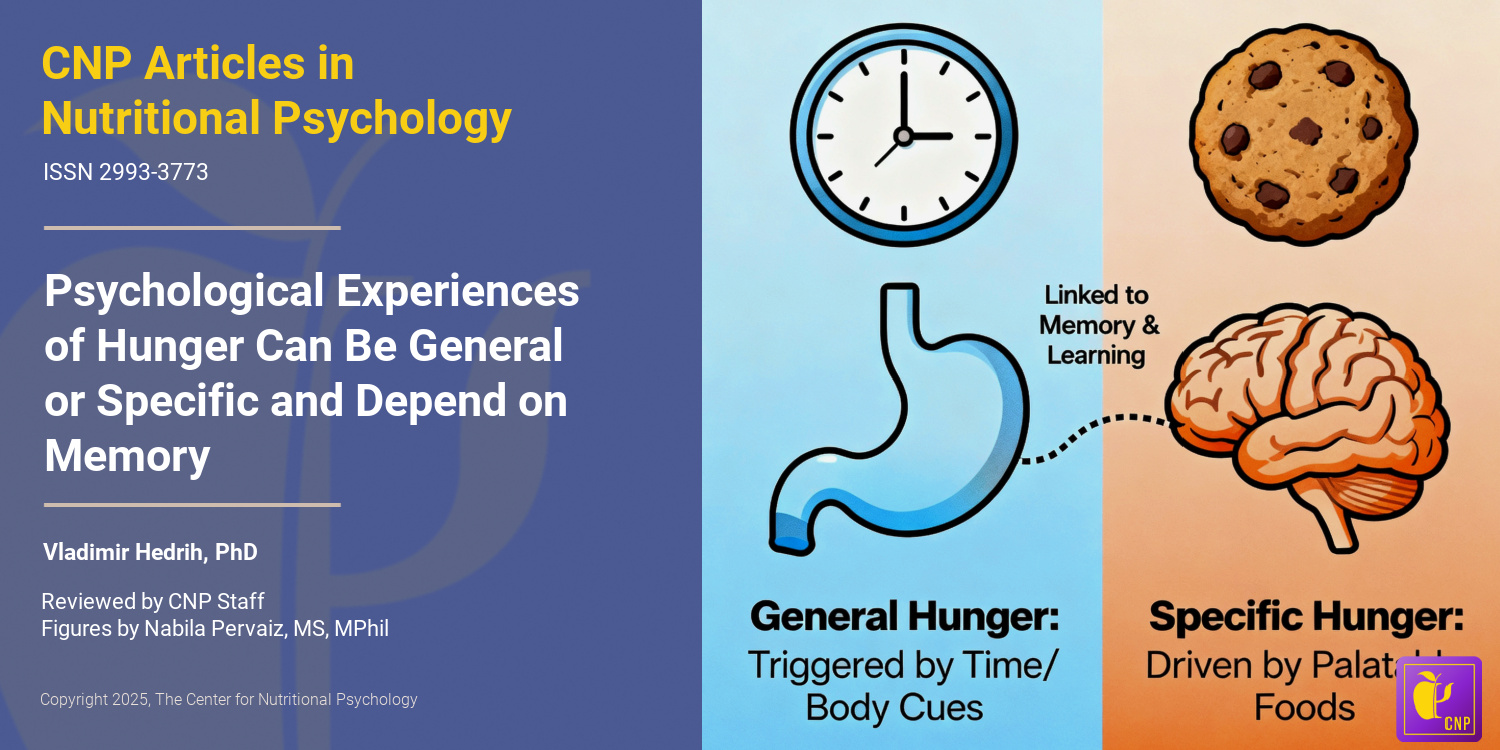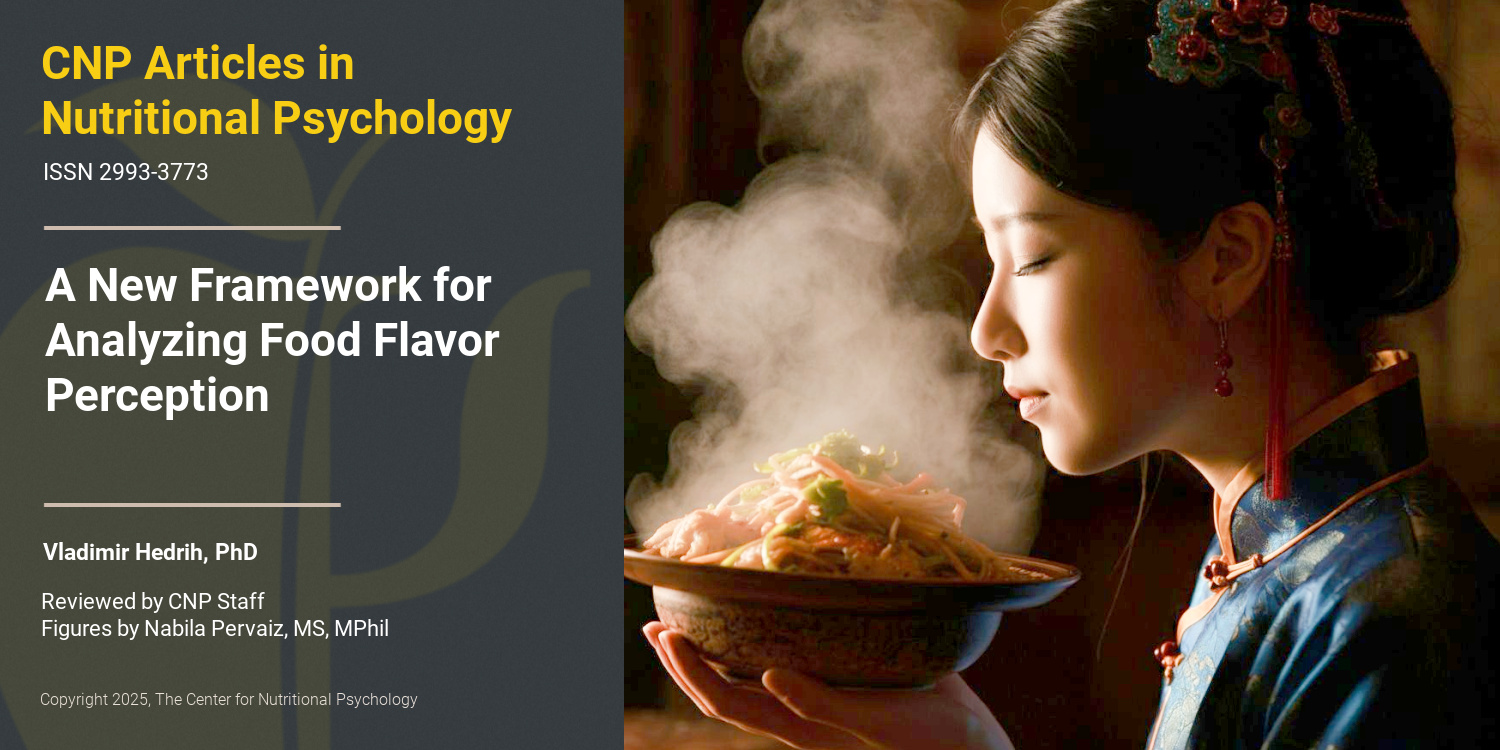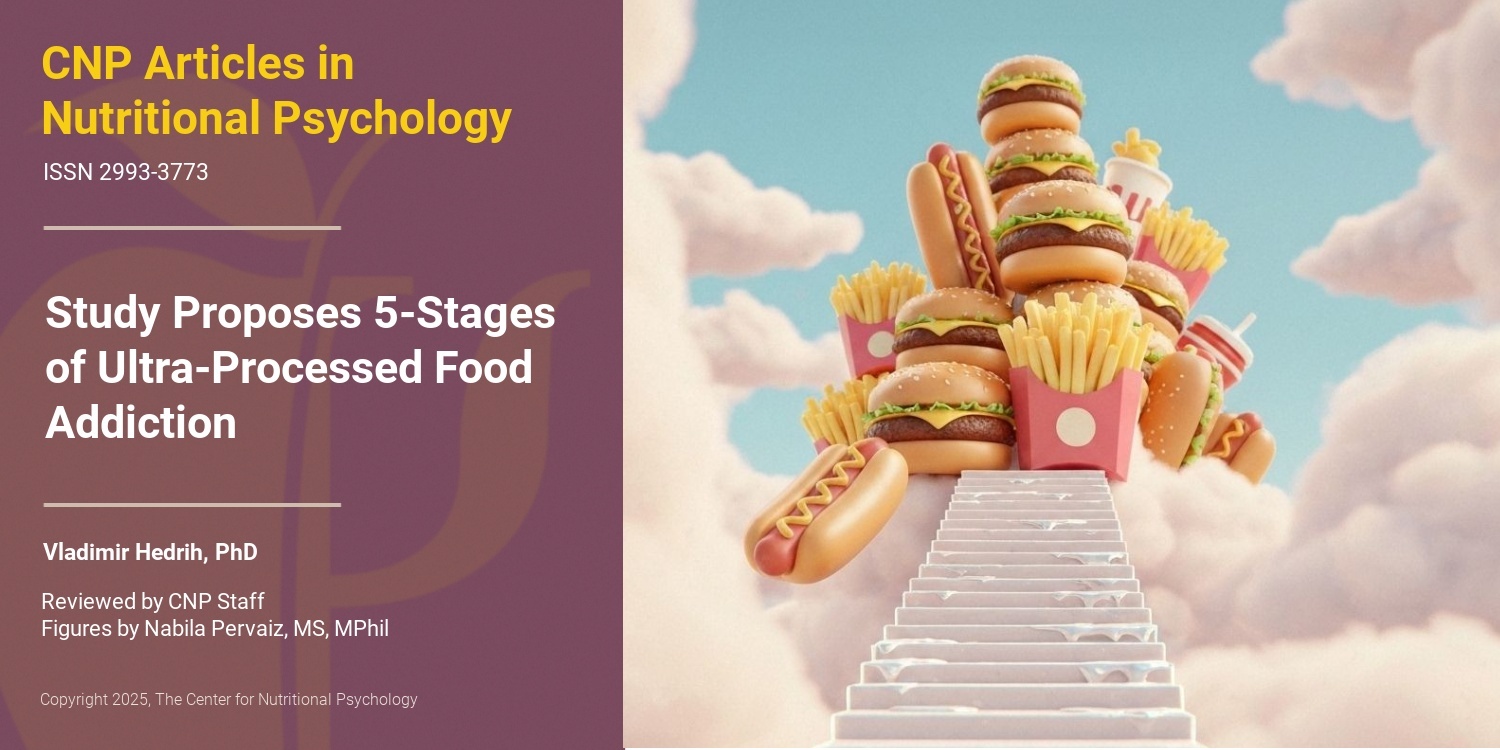Trauma exposure, DSM-5 posttraumatic stress, and binge eating symptoms: Results from a nationally representative sample
Braun et al. (2019) set out to discover if there is a correlation between trauma exposure type, and number and type of DSM-5 posttraumatic stress disorder (PTSD) symptoms, with the number of binge eating symptoms. The data used was from the National Epidemiologic Survey on Alcohol and Related Conditions-III (NESARC-III: 2012-2013), which surveyed a nationally representative sample of 36,309 non-institutionalized US civilians aged 18 years and older. Trauma exposure, PTSD, and binge eating symptoms were assessed using the Alcohol Use Disorder and Associated Disabilities Interview Schedule, DSM-5 Version (AUDADIS-5), which allowed the following groups to be identified: trauma-exposed individuals with no/low PTSD symptoms, those with subthreshold PTSD, and those with threshold PTSD. The results demonstrated that those individuals with subthreshold and threshold PTSD were more likely to exhibit a greater number of binge eating symptoms than trauma-exposed individuals with no/low PTSD symptoms. Negative conditions and mood symptoms in particular were associated with an increase in binge eating symptoms. When considering the type of trauma exposure, combat-related trauma was linked with fewer symptoms of binge eating among men, while more signs were seen in women who had experienced child mistreatment. This study highlights the fact that binge eating may be used as a strategy to alleviate distressing symptoms of PTSD. [NPID: PTSD, trauma, binge eating, eating disorders, alcohol, child abuse]
Year: 2019
 Navigation
Navigation






